Yarn for My Monochromatic Freeform Crochet Purse
The grandmother of a good friend of mine passed away a while back, and this friend generously offered to give me the yarn that remained in her grandmother’s stash. You can well imagine how my eyes lit up just thinking about getting my hands on FREE yarn, but then common sense took hold. I already have a pretty heft yarn stash; did I really need more? And where was I going to stash THIS stash?
So I decided to be very selective and chose only the 100% wool that was in the stash, thinking I would use it to crochet and knit purses to felt. The first purse I decided to make was a monochromatic freeform crochet purse because I’ve always wanted to experiment with doing a freeform piece using one yarn in one color.
Bernat Sesame (as in “Open Sesame!”)
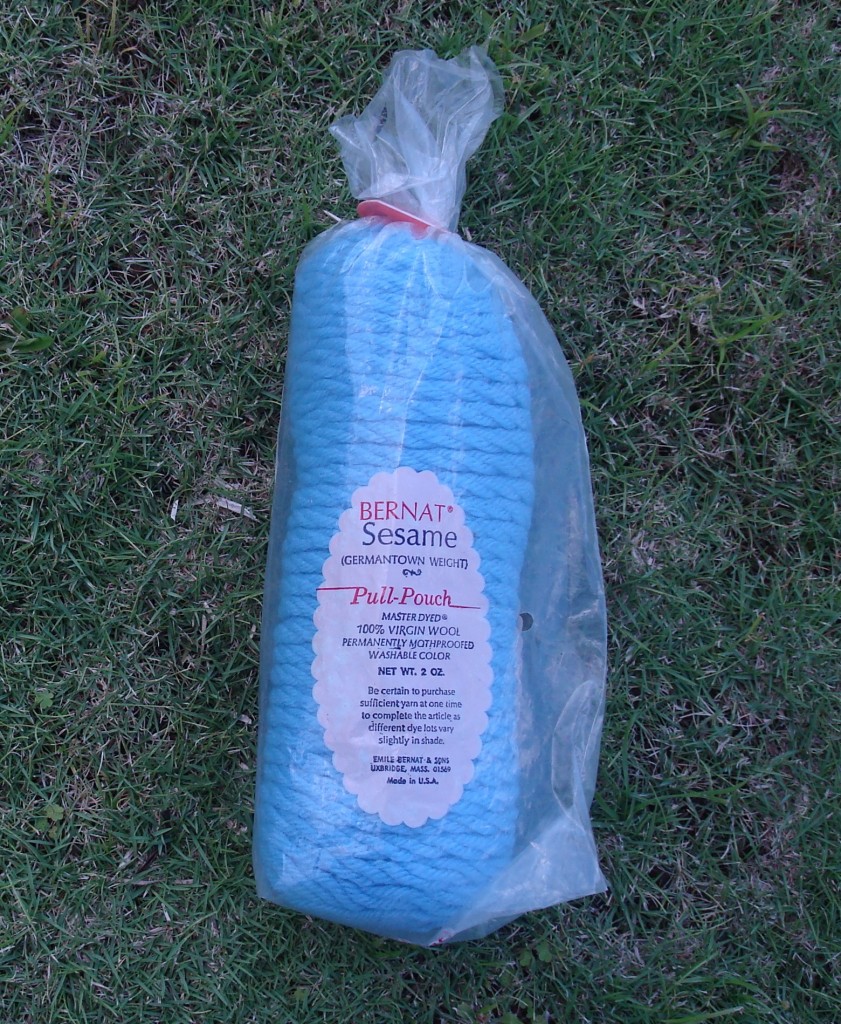
The yarn is one that isn’t made any more – Bernat Sesame “Germantown” weight. Germantown weight? What the heck is that? Time for a little Internet research. And this is what I discovered:
“Germantown Yarn. [From having been first made at Germantown, Pa., which city at present constitutes the 22nd ward of Philadelphia,] A coarse heavy woolen yarn, extensively used for knitting fancy articles, especially heavy scarfs, hoods, mittens and the like. It has been superseded to some extent in recent years by German Knitting Worsted.” (Source: A Complete Dictionary of Dry Goods by George s. Cole.
And if you want to learn the interesting history of the term “worsted,” check out this site.
I think it’s called Sesame because it comes in a little two-ounce “pull-pouch,” which opens at the top where you pull the yarn out. The yarn stays in the pouch which keeps the yarn protected while you do your thing with needles or hook. Perhaps it’s the precursor of the pull-out skein. My friend’s grandmother had a good 20 of these skeins in a variety of colors, and I was excited to start working with them.
Swatching the Yarn
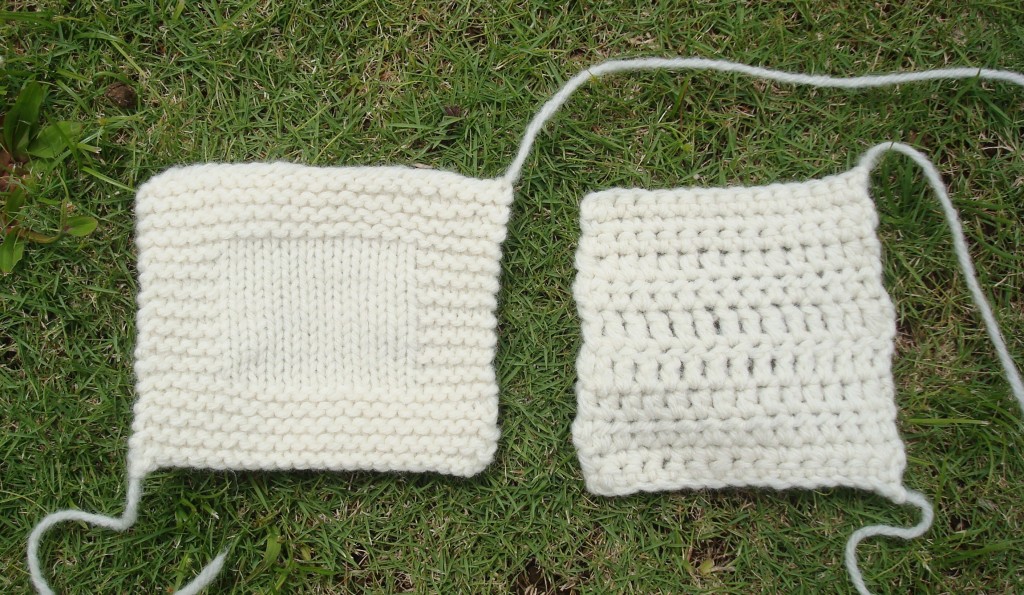
Because the yarn had been stored for so long, I could tell it was a bit moldy. Kim, who owns a local yarn store in Honolulu called, Yarnstory, suggested that I set it out in the sun for 24 hours to get rid of the mold. So I put it on a towel on the front lawn and let it sit for several hours, but I was anxious to start working with it, so I brought it in after a few hours and made some swatches.
This is what I would call a “light” worsted weight yarn. The knit swatch turned out nicely; the crochet swatch is okay, but I really need to tighten up on my tension and use the single crochet stitch (instead of the double crochet I did this swatch in) in order to get a fairly firm fabric if I want to make purses with this yarn. At this point, I’m thinking I’ll probably need to line the purses.
Unfortunately, the little bit of sun the yarn was exposed to wasn’t enough to get rid of the mold; I could actually taste it on my tongue. I should really take the time to wash the yarn, but first I wanted to see how the swatches felted.
Trying to Felt a Superwash Yarn
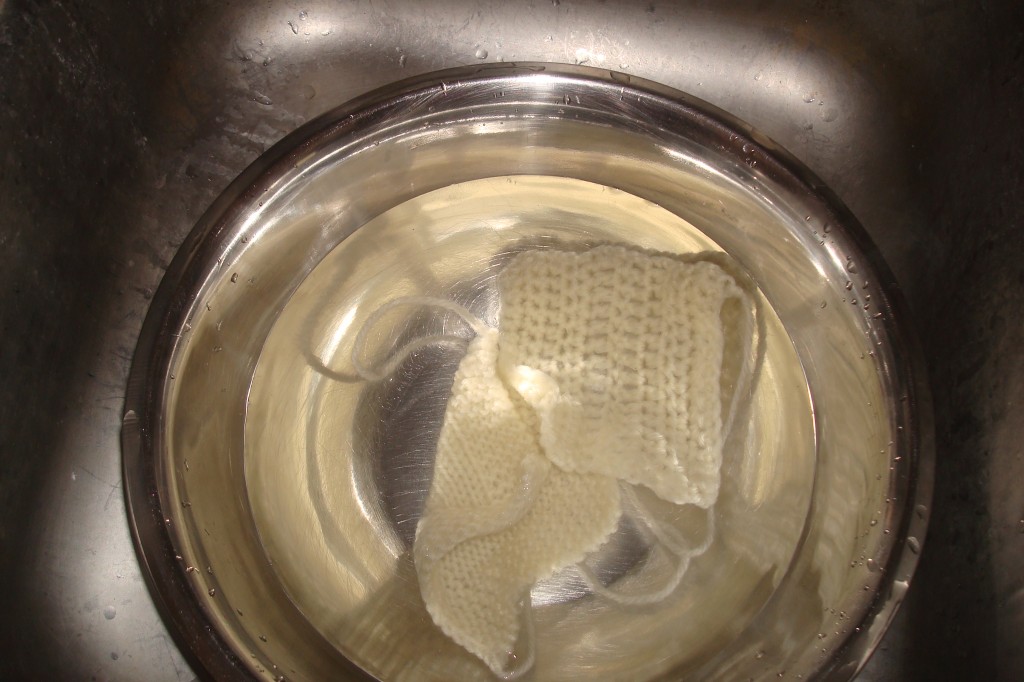
So off I went to the kitchen to hand felt the two swatches. In one sink, I filled up a bowl with boiling water; in the other sink, I filled up a bowl with cold water. But I forgot to add soap to the hot water. I don’t know what I was thinking. My excuse is that I hadn’t felted in a long time. Clearly, this felting was doomed from the start because, after a good 30 minutes of agitating the swatches in the hot water, dipping them into the cold water, and then re-introducing them into the hot water for more agitation, those suckers refused to felt.
I finally gave up and went to my computer to get more information on Bernat Sesame, something I should have done before trying to felt it. A Google search that took all of five minutes revealed that this is a superwash wool — it ain’t gonna felt!
Time to Thoroughly Wash the Yarn … Almost
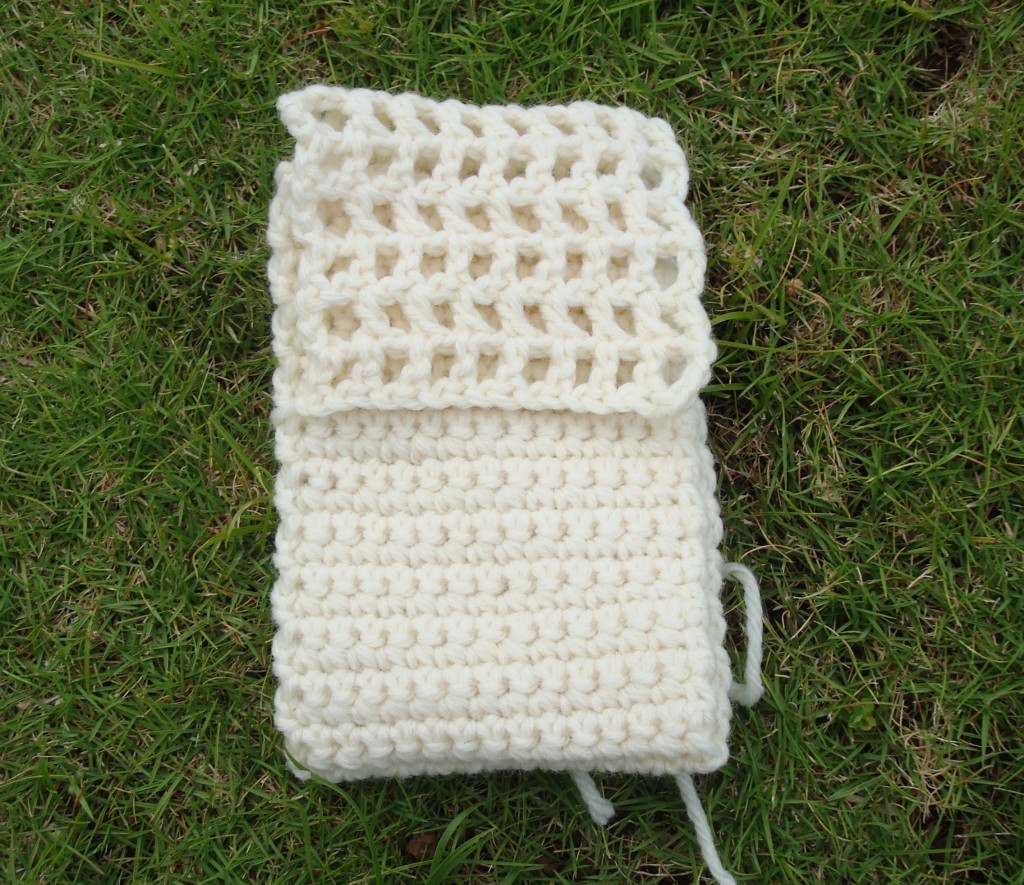
Now I have to change my plans a bit. I had wanted to create a felted purse body onto which I would add a freeform flap, but since the yarn doesn’t felt, I have to be satisfied with a simple, single crocheted purse body. And, silly me, instead of taking the time to thoroughly wash the yarn to remove the mold before starting on the purse body, I simply couldn’t wait.
I finished the body, tongue stinging from mold (no wonder I have allergies!), and thought about adding a filet crochet flap foundation to add the freeform motifs onto, organic patchwork style. But I realized the filet foundation would make the flap too bulky, so I took it off.
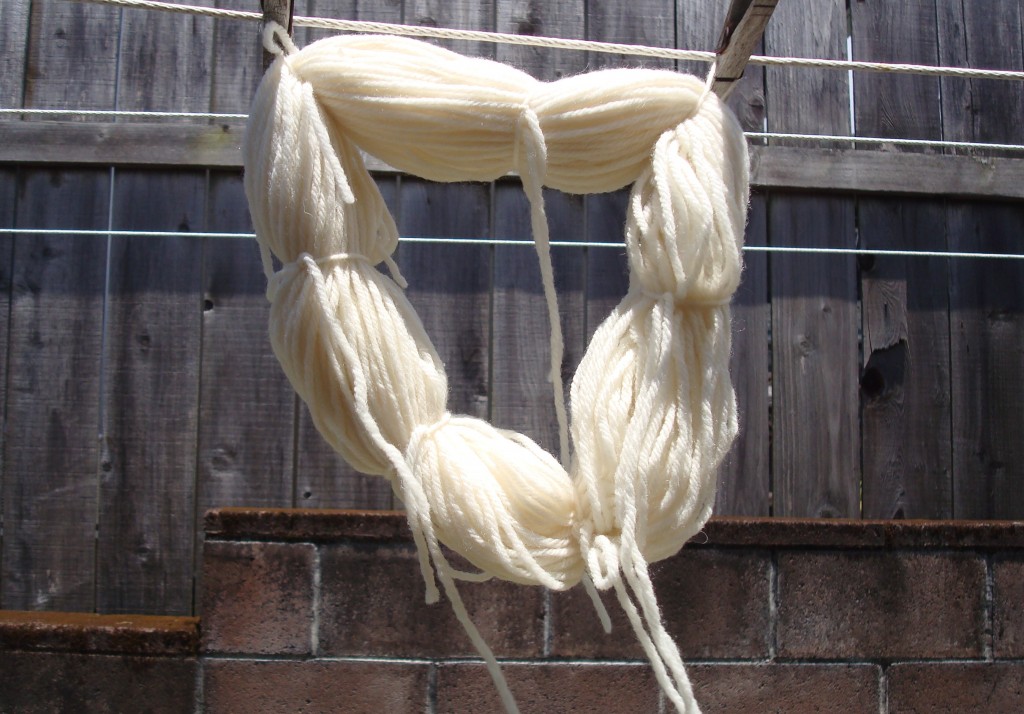
At this point, I decided I better wash this yarn, along with the already-crocheted purse body and strap, before I make myself sick. Kim came to the rescue again and suggested that I wind the yarn into a hank, tie it off in several places and wash it, which is what I did. I chose Miracle II soap (the plain soap without the moisturizer) because this gentle but powerful soap is simply amazing; I use it for just about everything, and as expected, I was able to get rid of ALL the mold. After rinsing the yarn and removing the excess water, I hung it outside on the clothes line to dry.
Skeining the Yarn
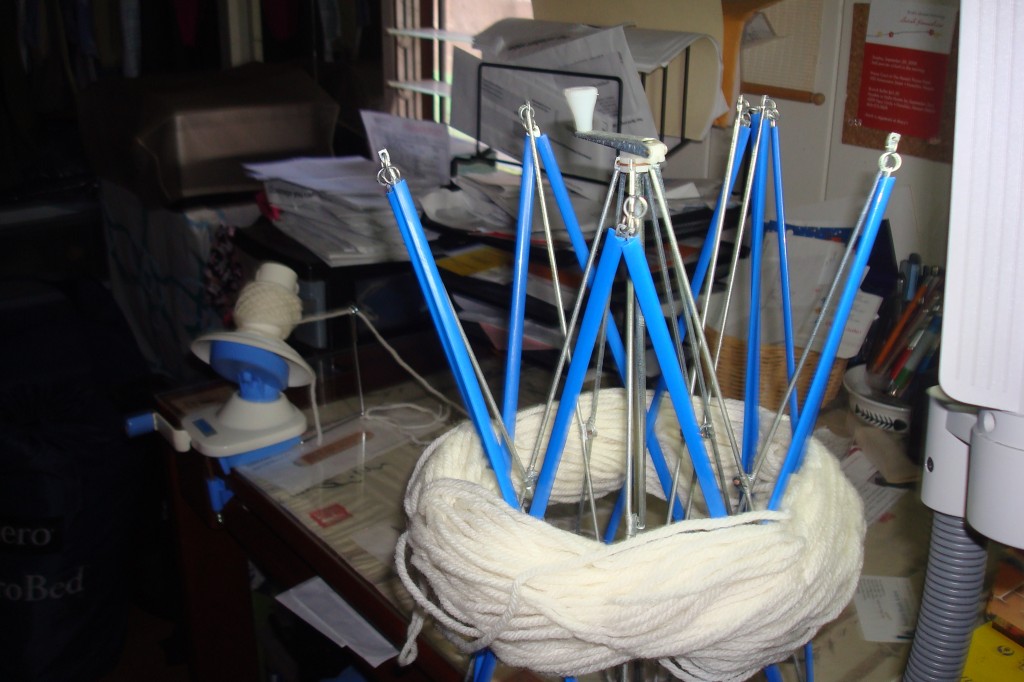
Once the yarn was dry, I put the hank on my trusty swift and wound it on my ball winder to create a nice, neat skein. NOW, it’s ready to use. But I think with the next batch of yarn, I’ll make the hank wider because I could barely get it on the swift.
Next up, creating the monochromatic freeform purse flap and body.

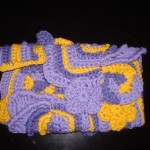
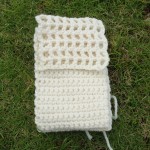
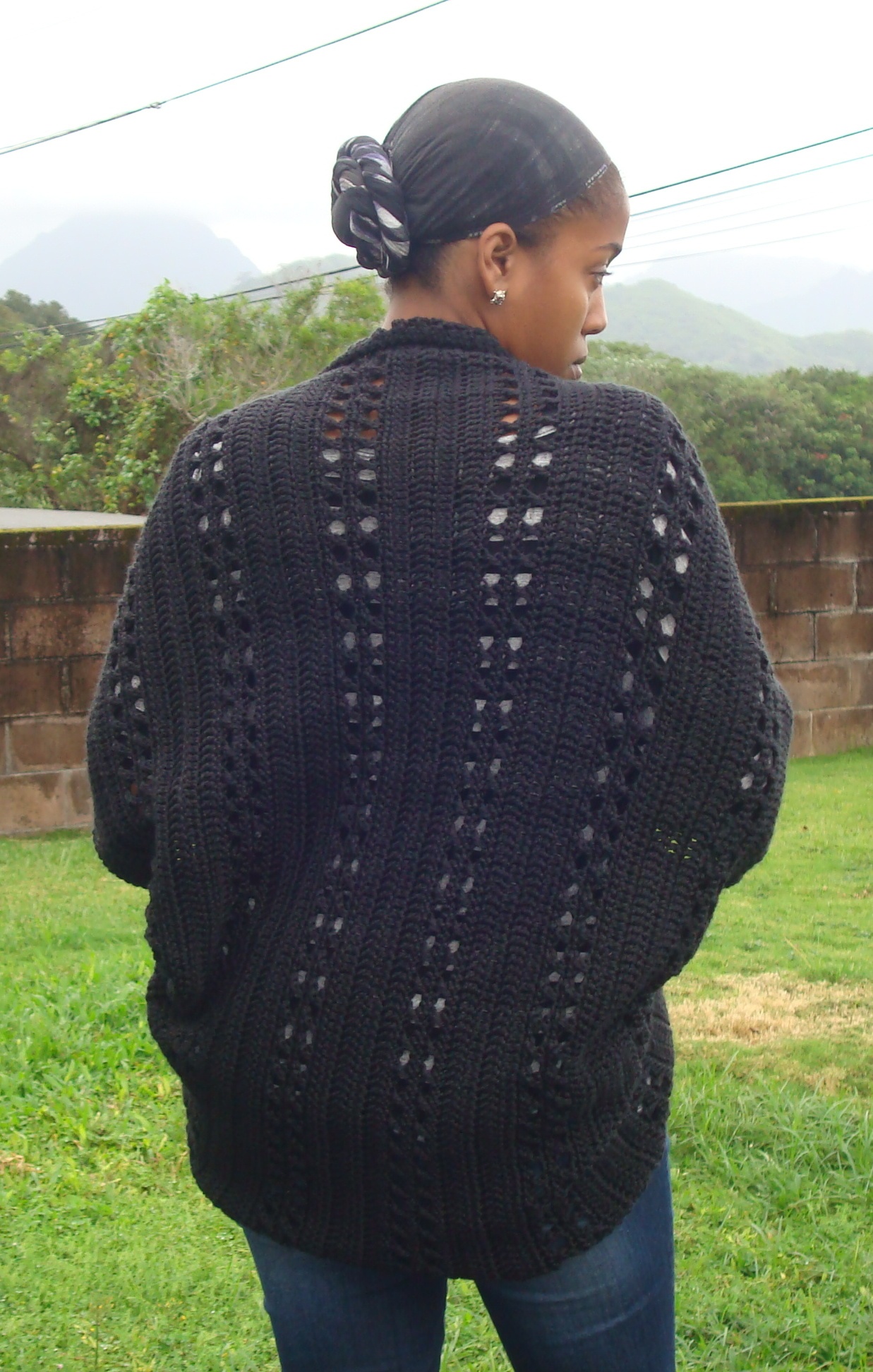
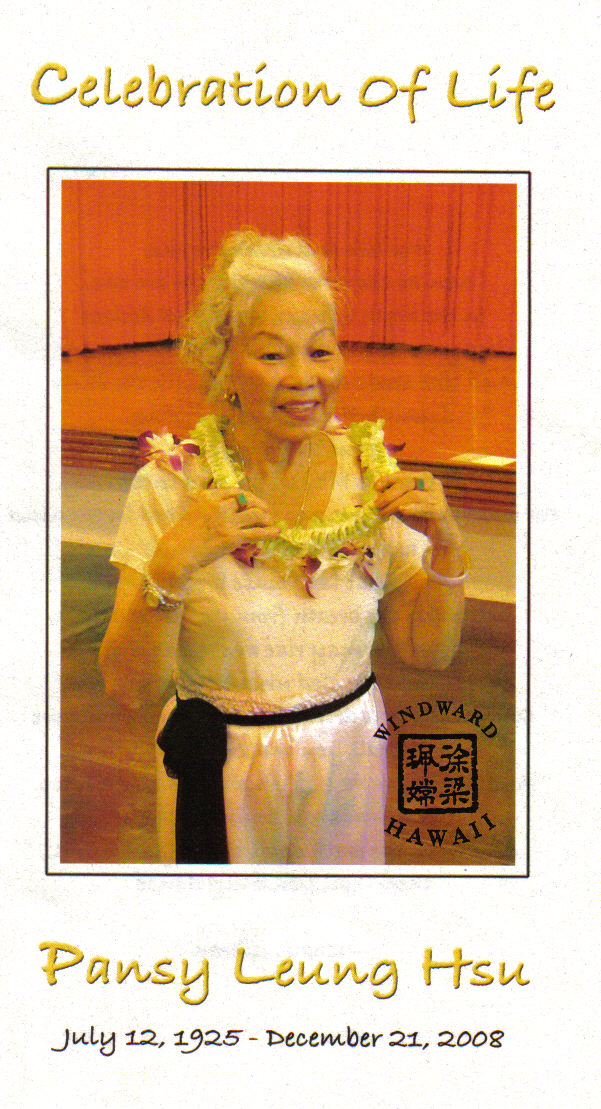

1 comments On Monochromatic Freeform Crochet Purse: Part 1 – The Yarn
Pingback: Knitting Purses ()